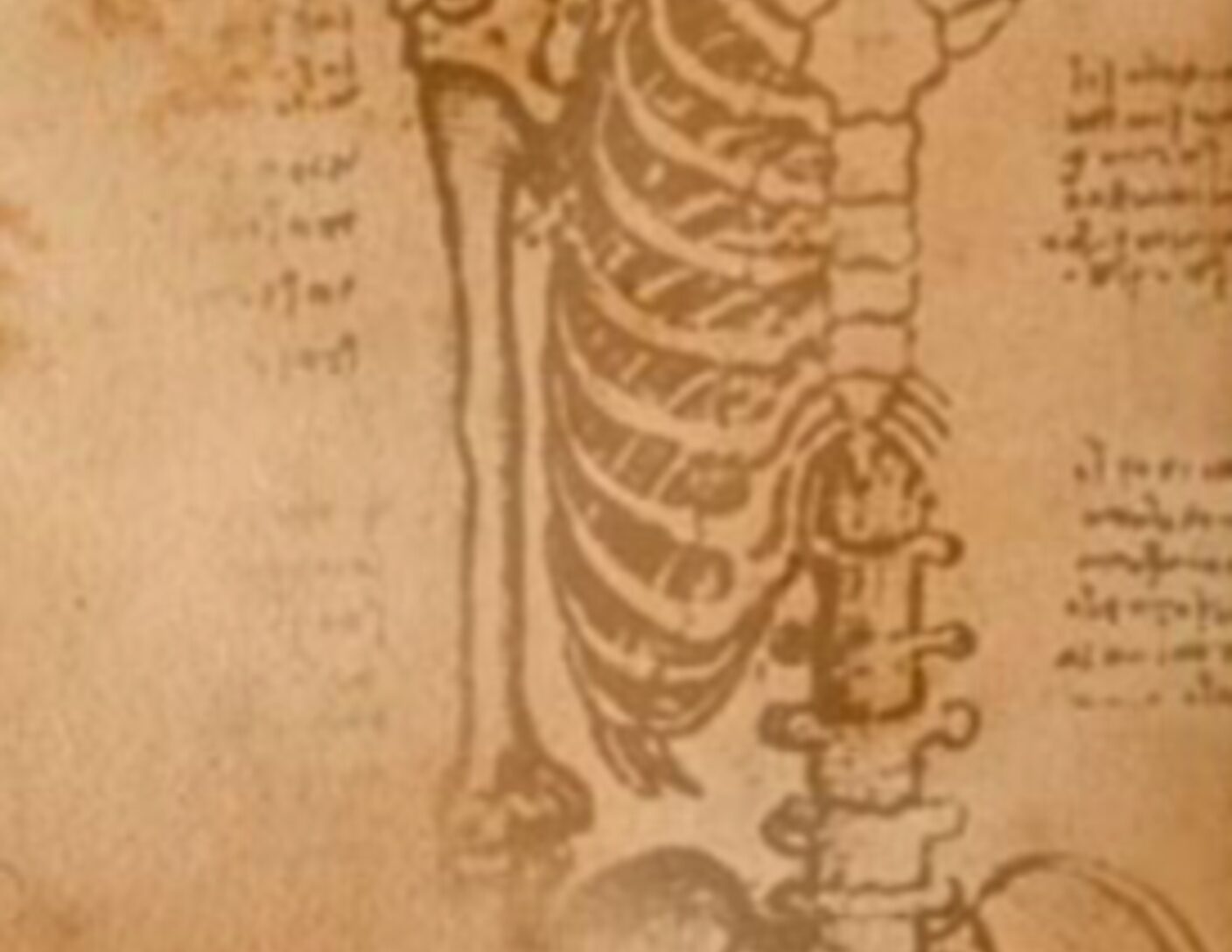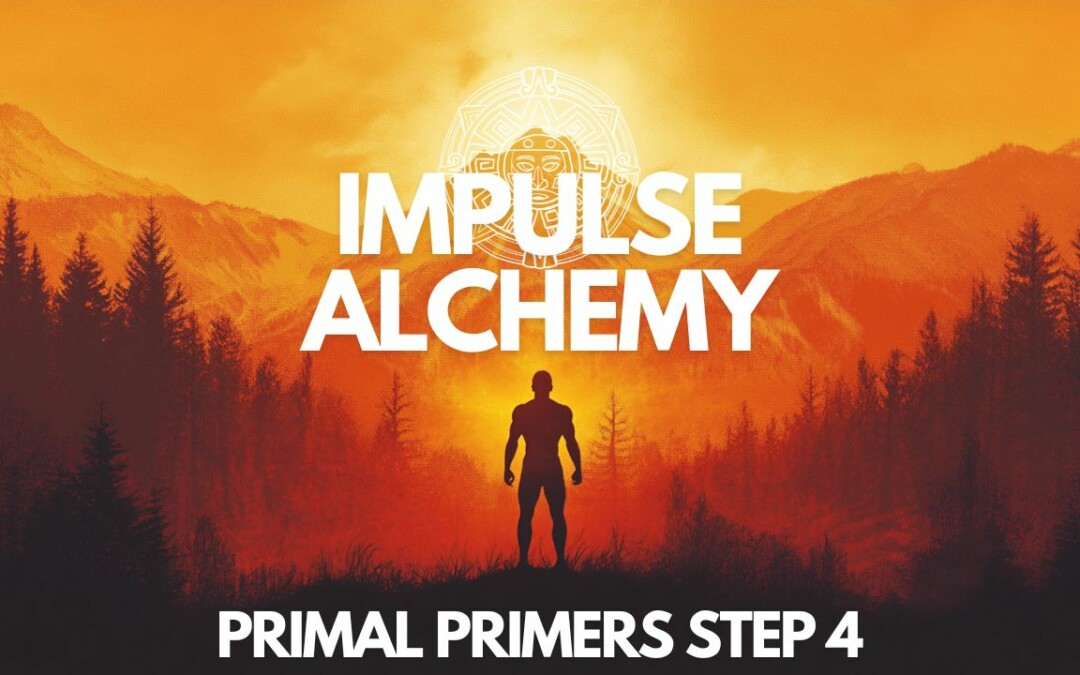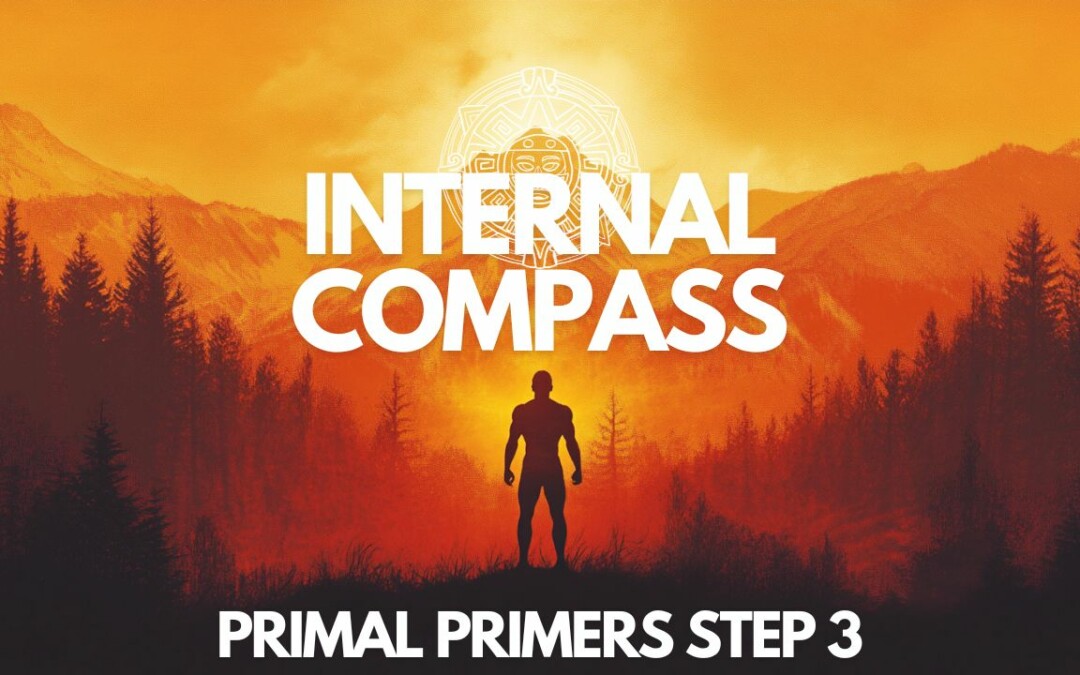Back pain is acutely one of the more common complaints and reason for clinical visits for most adults. Often as we sit with legs swinging over cold doctor office tables, we can keenly identify the causative event precipitating onset of pain and subsequent training abstinence: a weird twinge as bending to retrieve fallen keys, that last sloppy dead lift rep, or work from office ergonomics consisting of a laptop and Ikea couch. Despite the myriad of ways one can feel the effects of chronic back pain or injury, there are must be a common denominator behind this universal breakdown of body.
With this question in mind, we examine one of the most technical thought leaders in the field of back health. According to eminent professor of spine biomechanics, department of kinesiology chair, and back pain expert Dr. Stuart McGill, events leading up to the singularity of injury are often months in the making before event manifestation. Dr. McGill’s central premise is that back pain is often a result of accumulated and unintentional spinal mobility and trained motor patterns that places undue stress upon vertebrae discs and spinal musculature. His approach to remedy centralizes around addressing this cumulative trauma and strengthening the body’s ability to stabilize. .
Strong Back > Chronic Pain
- Strengthening the back is important, but must be concomitant with control and endurance.
- People with back pain generally use their back more; using lifting mechanics that increase back loads as opposed to primarily distributing across the hips.
- Chronic back pain tends to encourage synergistic dominance of the hamstrings for leg extension while creating a latency with prime mover glutes.
- Many have too much motion in their backs and are deficient in the hips. This instability of the spine becomes concomitant with flexion and compression intolerance.
- Science of spine stability – True spine stability is achieved with a balanced stiffening from the entire musculature: rectus abdominus, quadrates lumborum, latissimus dorsi, extensors of the longissimus, ilioicostalis, and multifidus.
- The core is not to be seen as a power generator; with power being generated by the hips and transferred through a stiff core.
The Big 3 stabilization exercises have been selected for their ability to ensure sufficient spine stability and optimal motor patterns; all designed to build muscle endurance and build healthy movement habits. Training these patterns has carryover to multi jointed lifts like squat and deadlift, while also being applicable to everyday stability.
McGill Big Three
Purpose: Stabilize Spine & cue safe bracing while correcting motor skills.
Rep_Rest_Set: Isometric hold 10 seconds_20 seconds_6 sets each side
Tempo: Slow and intentional
Periodization: Active recovery and or pre-hab
Tool: Body
Workout
- The Curl Up: strengthens rectus abdominis. Start in supine position. One knee flexed with foot flat on floor and opposing leg straight. Hands will act as pressure sensors under the low back to ensure absence of rounding. Breath in expanding the rib cage laterally and brace core. Next, lift head slightly up (think millimeter hover above ground) with chin tucked and hold.
- Side Plank: strengthens transverse abdominals and glute medius. Start on elbow and bent knee (can progress to on staggered straight legs, upward hand on chest or on hip). Turning on muscles of spine and locking in place without excessive movement.
- Bird Dog: strengthens spinal erectors. Get into quadruped position with neutral spine. Make a powerful fist and extend in front of the body while ipsilateral leg is extended back and straight (with foot slightly hovering above the ground). Sweep both extended arm and leg in touching elbow to knee cap and return to static position. Perform on both sides.
McGill, S.M. (2009). Designing Back Exercise: from Rehabilitation to Enhancing Performance. Retrieved from https://www.backfitpro.com















